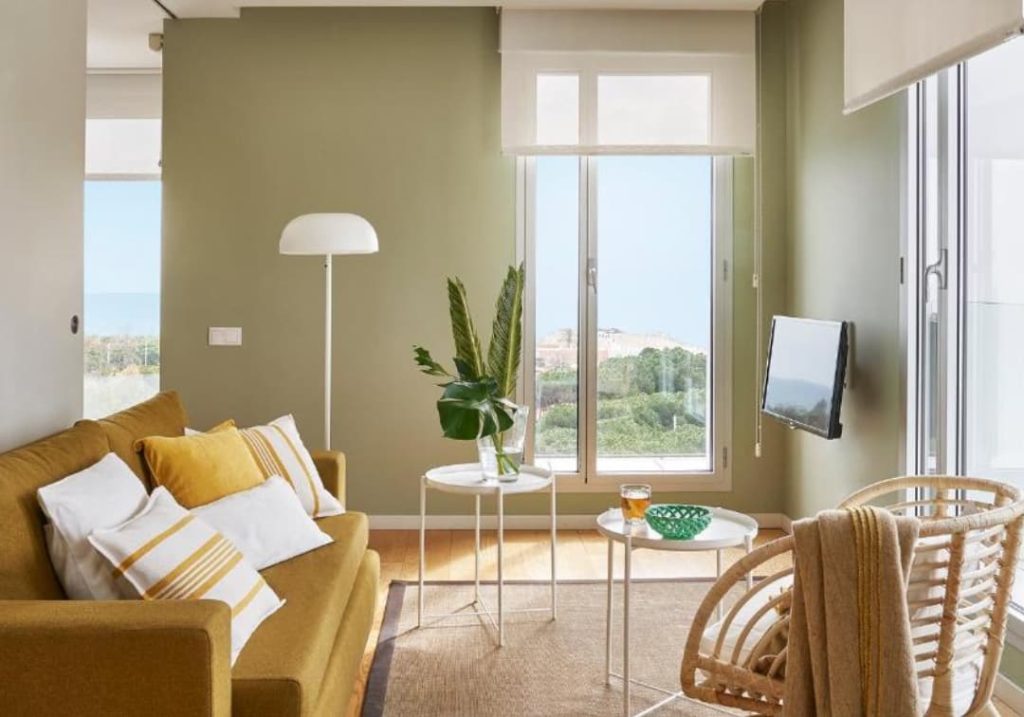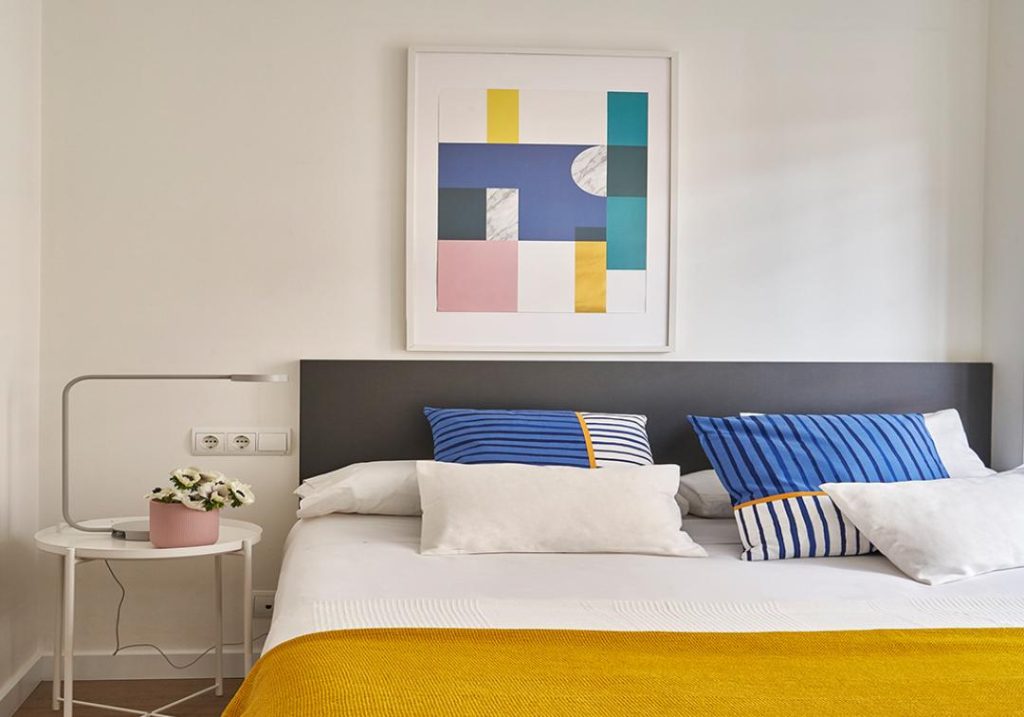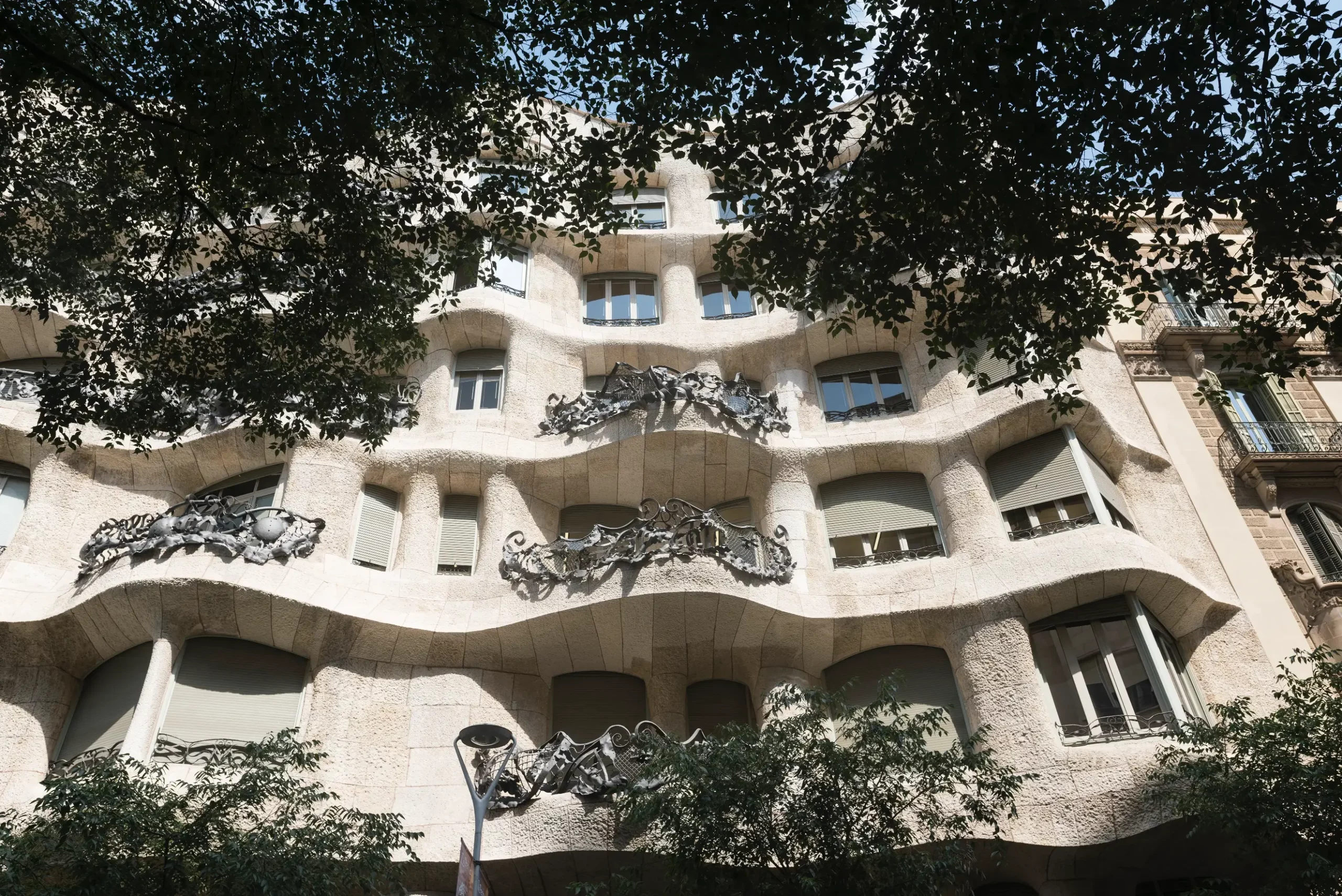- 1 THE ORIGIN OF THE NAME IS IGNORED
- 2 IT WAS HOME FOR THE SECOND OLDEST PARLIAMENT IN THE WORLD
- 3 … AND THE FIRST PUBLIC BANK IN EUROPE
- 4 IT IS THE ONLY CITY MENTIONED IN DON QUIXOTE
- 5 REJECTED THE EIFFEL TOWER
- 6 IT WAS THE FIRST CITY IN THE WORLD TO BE BOMBED FROM THE AIR
- 7 IT HIDES TWO TWO CLASSIC TEMPLES
- 8 IT HAS A BASILICA WITH A BARÇA-THEMED STAINED GLASS WINDOW
- 9 IT HAS A STATUE OF LIBERTY
- 10 WALT DISNEY WANTED TO TAKE ALL THE PIECES OF ONE OF ITS MUSEUMS
What secrets and mysteries can the fourth most visited European city keep for international tourism? Even at the risk of you thinking that we are bluffing, we already anticipate that there are actually many. Some of these unkown facts about Barcelona even remain untold to vast majority of its neighbors.
While staying in our apartments to rent on the beach in Barcelona, you will have the opportunity to get closer to some of its most unusual episodes and fun facts, in which history and legend merge.
Let’s get started on the most surprising unkown facts about Barcelona. We are sure they will leave you speechless!
THE ORIGIN OF THE NAME IS IGNORED
Unlike other locations, the origin of the name of “Barcelona” remains an enigma. A possible explanation has to do with the mythological origin of the city, which verses that it was founded by Hercules himself. According to oral tradition, this Roman demigod tied his ninth boat (named nona), to this stretch of the coast, which would have given the city its name. Some historians suggest that its founder could have been the Carthaginian general Amílcar Barca, father of Aníbal, and that his surname would have been used to baptize it. To complicate it further, a museum in Copenhagen keeps an Iberan coin with the word BARKENO (meaning “the one with the most vegetables or good plants”), minted before the arrival of the Romans. The latter would give the new colony the name of Iulia Augusta Faventia Paterna Barcino, created towards year 15 a.C. How’s that for the first of our unkown facts of Barcelona?
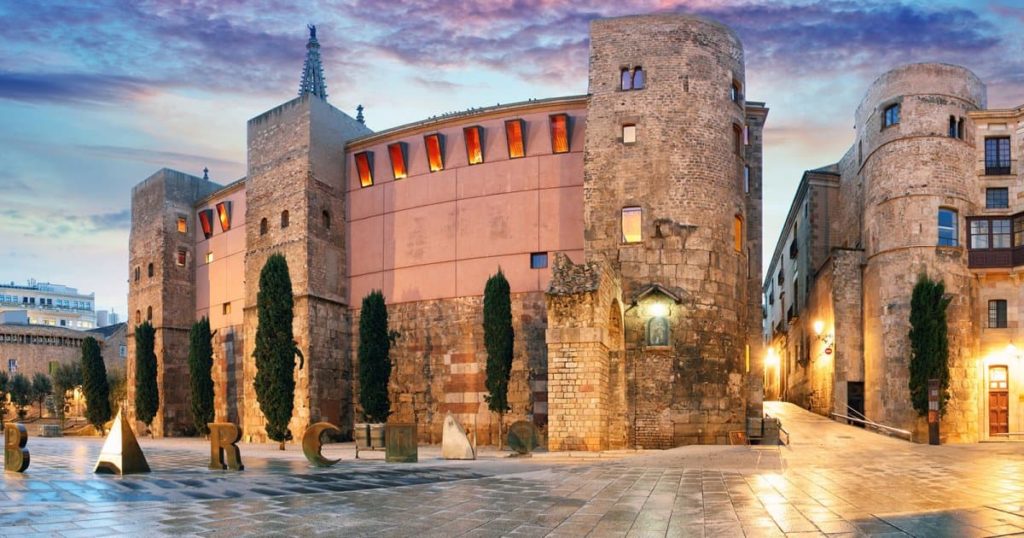
IT WAS HOME FOR THE SECOND OLDEST PARLIAMENT IN THE WORLD
In 1249, King James I began the fundamental structure of the municipal government of Barcelona, made up of some of the city’s leading men: the Council of One Hundred (or Consell de Cent). There is only one older precedent: specifically, in the city of León. As stated by UNESCO in 2013: “in 1188, King Alfonso IX convenes the three states to the royal curia, for the first time in history. These courts, held in the Royal Collegiate of San Isidoro, represent the origin of the current parliamentary representative system, and of democracy “. In fact, you can still visit this first parliament, as it is one of the medieval buildings in Barcelona that is still standing.
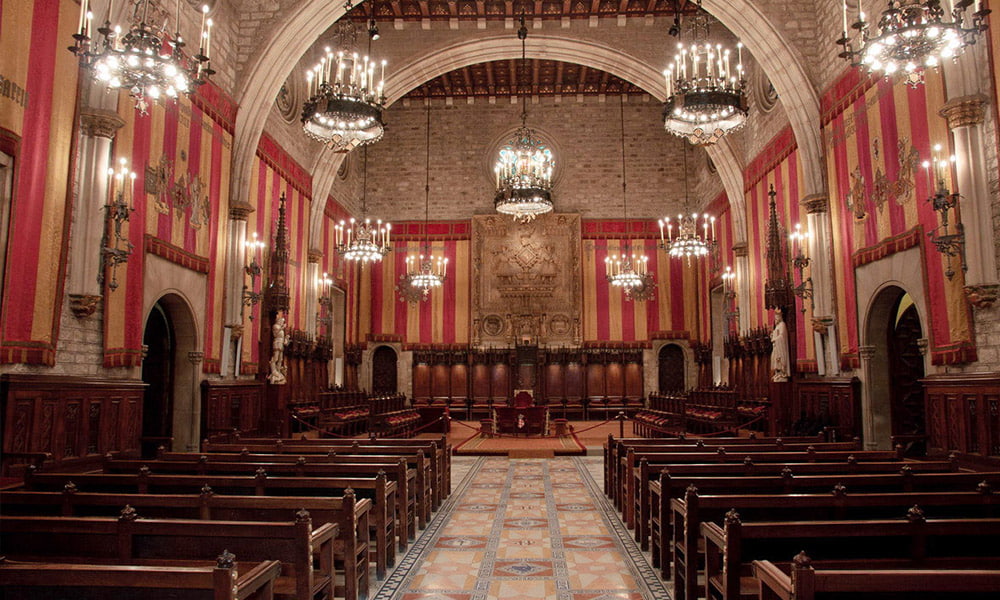
… AND THE FIRST PUBLIC BANK IN EUROPE
On January 20, 1401, some merchants in Barcelona set up a market called Taula de Canvi, which is considered the first institution of its kind in the Old Continent. A year later, Guillem Colom i Saplana would become its first administrator. The main function of this entity was to grant credits to the Crown and the City Council, although it also accepted deposits from individuals.
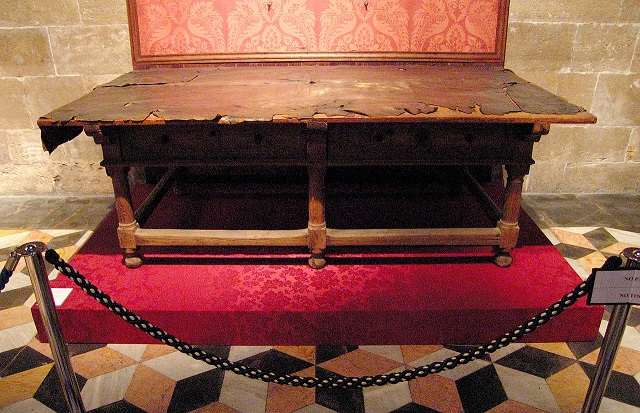
IT IS THE ONLY CITY MENTIONED IN DON QUIXOTE
Need some literary unknown facts about Barcelona? Everyone is aware of the fascination that Barcelona exercised in Miguel de Cervantes, to the point of including it in the most translated novel of all time. In the book, it states that Don Quixote, Sancho Panza and six other squires visit the Catalan capital on the night of San Juan. After falling defeated on the beach of Barceloneta at the hands of the knight of the White Moon, the gentleman from La Mancha decides to return home. At number 2 of Paseo de Colón, the house where Cervantes stayed during his stay in the city is still preserved.
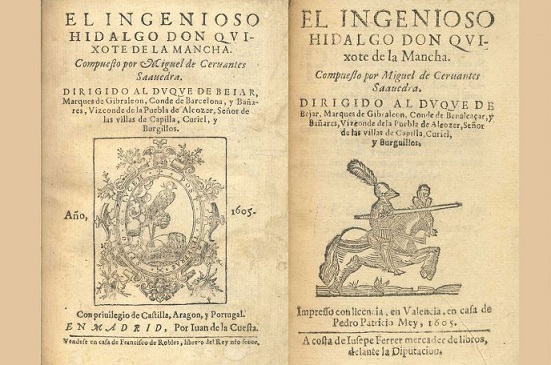
REJECTED THE EIFFEL TOWER
The Parisian and French icon par excellence could actually be located in Barcelona. In fact, its creator, Gustav Eiffel, offered to take part in the Universal Exposition of Barcelona in 1888 with this project. However, the organizers of the event dismissed the proposal, since they considered that iron structure was out of touch with the aesthetics of the city. Far from acknowledging defeat, Eiffel returned to try his luck with the following Universal Exhibition, which was held in the French capital the following year. In his second attempt, the initiative was received with open arms.
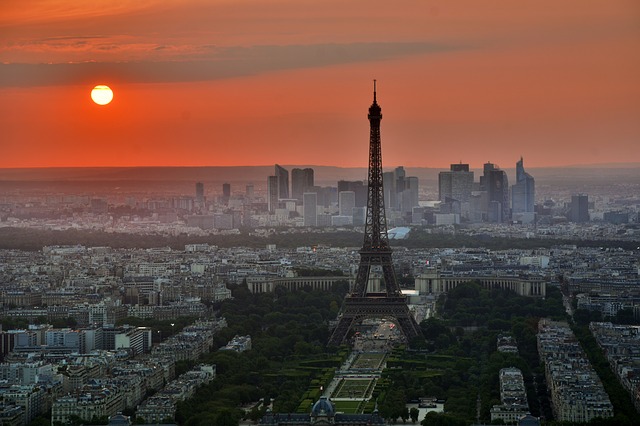
IT WAS THE FIRST CITY IN THE WORLD TO BE BOMBED FROM THE AIR
This sad event took place on February 13, 1937, during the Spanish Civil War. As a reminder of that fateful episode, the city still has around 1,400 anti-aircraft shelters built for the civilian population. Two of the few that are open to the public are Refugio 307, in the neighborhood of Poble-sec, and the one in Plaça del Diamant, in Gràcia. Likewise, a Soviet bunker has also been preserved to this day, which was used for this same purpose and was located in the former USSR consulate in Barcelona. You will find it on Avenida del Tibidabo, 17.
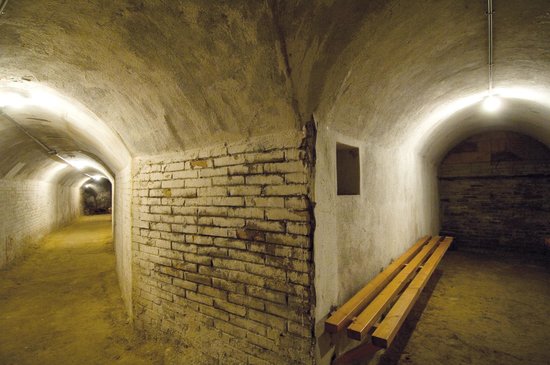
IT HIDES TWO TWO CLASSIC TEMPLES
Yes, that’s right: in addition to the four columns of the Roman temple of Augustus, located on Calle del Paradís, 10 (in the Gothic quarter), one of the most amazing unkown facts about Barcelona is that it also has another classical temple in the center of the Eixample. This building, located at number 70 of Carrer Bailèn , was built in 1882 and had various uses. After hosting the workshop of the famous Masriera jewelers, it became a theater in 1932. This was the exact place where Federico García Lorca rehearsed his work Doña Rosita with the actress Margarida Xirgu. Nowadays, the temple belongs to a religious institution.

IT HAS A BASILICA WITH A BARÇA-THEMED STAINED GLASS WINDOW
This peculiar feature is found in Santa María del Mar. The reason is none other than a donation of 100,000 pesetas (about 600 euros) that FC Barcelona made in the sixties to contribute to the reconstruction of the building, which was destroyed by a fire during the Spanish Civil War. As a gift to the football club, their shield was included in one of the windows. Could you find it?
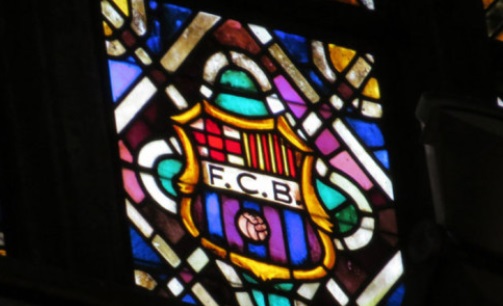
IT HAS A STATUE OF LIBERTY
The great symbol of New York and the United States is not exclusive to the Big Apple. Indeed, Paris has three other replicas -in more modest dimensions, of course-, exhibited on the island of the Swans of the Seine, in the Museum of Arts and Crafts (Musée des Arts et Métiers) and, from 2012, at the Musée d’Orsay, which relocated a sculpture from the Luxembourg gardens of the French capital. The one in Barcelona is located in one of its most atmospheric places: the beautiful Arús library, located at number 26 on Paseo de Sant Joan. By the way, it has been there for 123 years.
Other imitations are found on the artificial island of Oidaba, in Tokyo; in Buenos Aires (the statue is also the work of the French sculptor Frédéric-Auguste Barthold, author of the statue in New York), in the town of Palizada, in the state of Campeche, Mexico; in Las Vegas and in the Cuban cities of Gibara, Puerto Padre and Remedios.
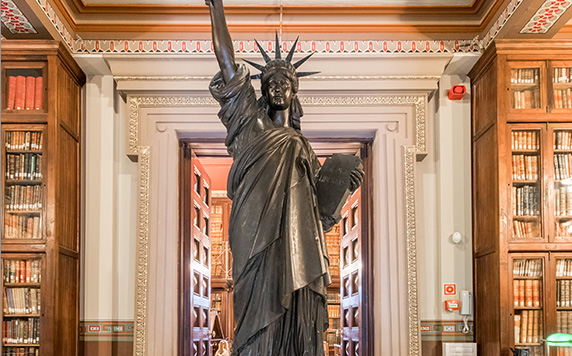
WALT DISNEY WANTED TO TAKE ALL THE PIECES OF ONE OF ITS MUSEUMS
The last of our unknown facts about Barcelona refers to the Tibidabo’s Automaton Museum, inaugurated in 1909 and located in the Tibidabo Amusement Park. It is said that its collection of 40 automatons from the late nineteenth century and the first half of the twentieth century captivated Disney, who extended a blank check in exchange for the automatons (apparently for display at the Walt Disney World facilities). Luckily for Barcelona, the tempting offer was rejected.
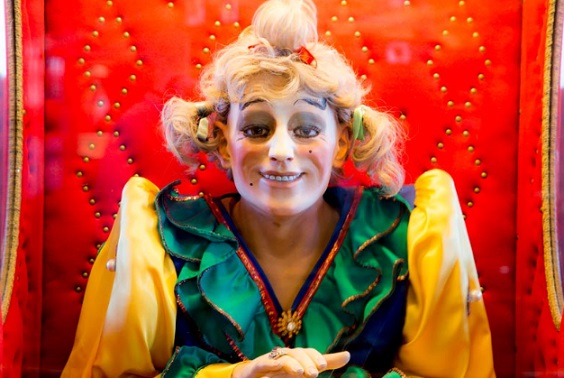
How about you? Do you know about any other unknown facts about Barcelona? If so, do not hesitate to share them with us.

